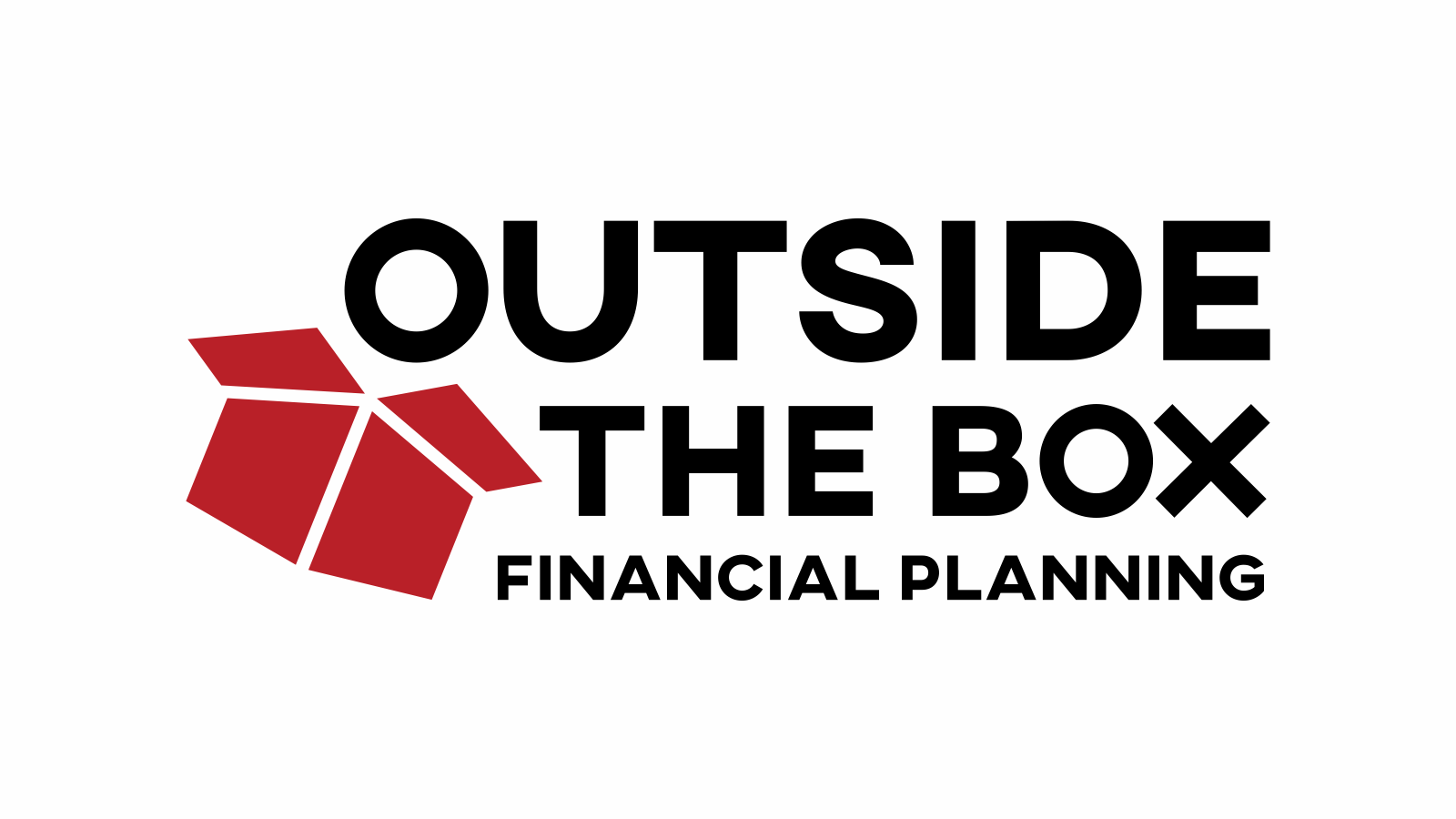In the dynamic landscape of investments, it's not just about making money—it's also about safeguarding it. But how do you navigate the balance between risk tolerance and risk capacity? Let's explore this critical concept and highlight its importance, particularly for both young professionals and early retirees, especially those in medical professions, as they approach retirement.
Understanding risk tolerance enables individuals to align their investment strategies with their comfort levels, preventing them from taking unnecessary risks that could endanger their financial security. Similarly, evaluating risk capacity enables early retirees to customize their investment approach based on their unique circumstances, including factors like their time horizon, income stability, potential healthcare expenses, and retirement goals. Picture this: you're a young professional with a robust portfolio. Market volatility doesn't keep you up at night; you've got the nerve for it. But hold on—what about your capacity? Sure, you're fine if your investments dip temporarily, but can you afford to keep your family's needs secure if that dip becomes a plunge?
“Risk tolerance and capacity aren’t just financial jargon; they’re guiding principles on your investment journey”
Here's where the distinction between risk tolerance and capacity becomes pivotal. Your tolerance might be sky-high, but your capacity to sustain losses without jeopardizing essential expenses is what truly counts. It's not just about weathering market fluctuations; it's about ensuring your financial ship stays afloat amidst life's unpredictable waves. Let's break it down further. Say you're eyeing those enticing crypto investments. You might have the stomach for their volatility, but do you have the means to cushion potential losses? Your risk capacity hinges on factors like family obligations, impending life changes, or even future financial goals.
Imagine you're an early retiree, perhaps a nurse, with a well-built portfolio from your years of dedication. Just like young professionals, you've faced market volatility with confidence, knowing you can handle the ups and downs. However, it's not just about your comfort level with risk. As you transition from your career into retirement, it's crucial to assess your risk capacity. While you might be prepared for temporary dips, it's vital to consider if you can still provide for your family's needs if those dips turn into significant losses.
Balancing your comfort with risk against your financial resilience ensures that your retirement savings can sustain you through any market challenges, safeguarding your financial future as you embark on this new chapter of life.
“Regularly reassessing and recalibrating your goals ensures you stay on course, adapting to life’s ever-changing currents. ”
Now, let's flip the script. Retirees, often deemed risk-averse, might surprise you. With hefty nest eggs and stable income streams, they could weather market downturns without breaking a sweat. Their risk tolerance might be low, but their capacity to absorb losses is substantial, thanks to diversified income sources. So, how do you align your risk tolerance with your capacity? It starts with setting clear financial goals and objectives. Whether it's securing your retirement, funding your children/ grandchildren’s education, or preserving your lifestyle, having a roadmap is key. But it doesn't end there—regularly reassessing and recalibrating your goals ensures you stay on course, adapting to life's ever-changing currents. Yet, the biggest hurdle isn't market volatility—it's uncertainty. Clients who waltz in with no goals or direction pose a unique challenge. If you're content with whichever way the wind blows, why seek financial guidance? Understanding your aspirations, however modest, is the first step toward financial empowerment.
In conclusion:
Risk tolerance and capacity aren't just financial jargon; they're guiding principles on your investment journey. So, before you dive headfirst into the latest investment craze, pause and reflect. Do you have the nerve to ride out the waves, and more importantly, the resilience to weather the storm? Thankfully you don’t have to weather the storm alone. A certified financial planner can be your lighthouse. Schedule a meeting with us from Outside the Box Financial Planning to explore strategies for crafting your individualized plan. Your financial future might just depend on it.
Partnering with Outside The Box Financial Planning (OTBFP) offers numerous benefits for individuals seeking college planning, retirement planning, small business support, wealth management, and beyond. As a fee-only fiduciary with a comprehensive approach, unbiased advice, and transparent fee structure, OTBFP acts as a trusted advisor who prioritizes your best interests. Click here to schedule a complimentary “Fit” meeting to determine if we would make a good mutual fit.
Remember, financial decisions have long-lasting implications, and working with a professional like the financial professionals of Outside The Box Financial Planning can provide the expertise and guidance necessary to make informed choices that align with your financial aspirations.


























































